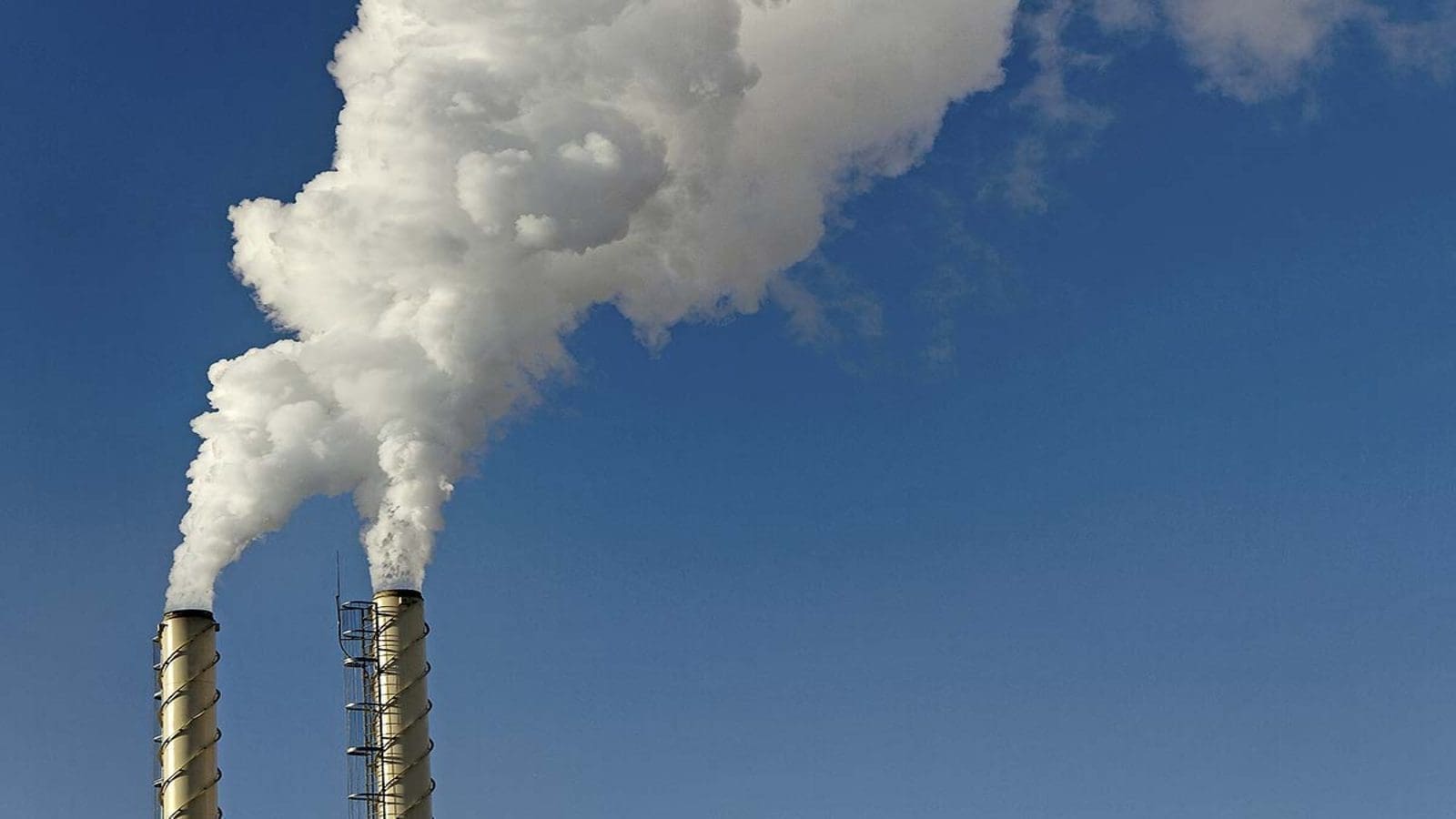GLOBAL – New research estimates the methane emissions of five of the largest meat corporations and ten of the largest dairy corporations to be over 80% of the European Union’s entire methane footprint.
This report written and researched by the Changing Markets Foundation and Institute for Agricultural and Trade Policy (IATP), in collaboration with independent researchers says the combined methane emissions of the companies are roughly 12.8 million tonnes, far exceeding the entire methane footprint of many countries, including Russia, Canada, Australia, and Germany.
The report, dubbed The Emissions Impossible, also provides the latest estimates for the overall greenhouse gas (GHG) emissions of the same companies, which amount to around 734 million tonnes of CO2 equivalent, and methane emissions are 52% higher than the livestock-related methane emissions of the EU and 47% higher than those of the US.
The report analyzed the emissions of ten dairy giants – Arla (Denmark), Dairy Farmers of America (US), Danone (France), Deutsche Milchkontor (Germany), Fonterra (New Zealand), FrieslandCampina (Netherlands), Lactalis (France), Nestlé (Switzerland), Saputo (Canada) and Yili (China).
It also analyzed five of the biggest meat companies – Danish Crown (Denmark), JBS (Brazil), Marfrig (Brazil), Tyson (US), and WH Group (China).
“The methane emissions of the big meat and dairy companies rival those of nation-states, yet they hide their colossal climate footprint behind a veneer of greenwash and net-zero targets,” asserts Shefali Sharma, European director of the Institute for Agriculture and Trade Policy.
“These companies won’t do what is needed voluntarily – governments must set rules to regulate their emissions and support farmers to transition away from industrial agriculture.”
In particular, the research finds that the methane footprint of Brazil’s JBS, the world’s biggest meat company, is “greater than that of France, Germany, Canada, and New Zealand or compare to 55% of US livestock methane.”
However, it concedes that the data gathered was not sourced from companies’ reports of methane emissions but rather estimated based on milk volumes and cattle numbers. The authors didn’t even talk directly to the companies they analyzed.
Some big dairy players are pushing back, detailing their environmental initiatives and goals to reduce emissions.
An Arla spokesperson commented: “Recently, we launched a massive incentive model rewarding the farmers who engage in the most sustainability actions on farms, motivating all our farmer-owners to both continue past activities and to include new ones.”
“The activities in the point-based model are backed by substantial data and proven to have the most impact on emissions. We are currently also testing a feed additive with the potential to drastically reduce methane emissions from cows and the preliminary results are promising.
The Danish multinational dairy added that last month, it covered Arla’s initiative to motivate farmers to hit their 2030 sustainability goals through a €500 million (US$490 million) annual incentive program that rewards green practices.
The company also plans to initiate the program in August 2023 and earmarks spending around US$264.5 million during the first full year of implementation.
In response to the research, Saputo claimed to have launched its 2025 Supply Chain Pledges, which include an expectation from milk suppliers to implement relevant sustainability standards as defined by our Sustainable Agriculture Policy.
The policy also recognizes that the primary GHG emissions from dairy farming are carbon dioxide, methane, and nitrous oxide and that milk suppliers should identify sources of emissions in their operation and implement practices or technologies to reduce them.
The UN says a 40-45% reduction in methane emissions by 2030 offers the best hope of keeping global heating below 1.5˚C and avoiding dangerous tipping points.
Methane remains in the atmosphere for a decade but has 80 times more warming potential than carbon dioxide over a 20-year time span.
Under current policies, emissions are expected to rise by 30% between 2015-2050, IATP warns.
For all the latest food industry news from Africa and the World, subscribe to our NEWSLETTER, follow us on Twitter and LinkedIn, like us on Facebook and subscribe to our YouTube channel.









